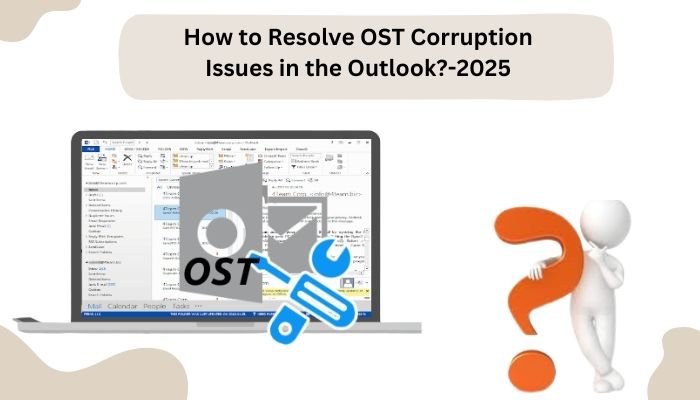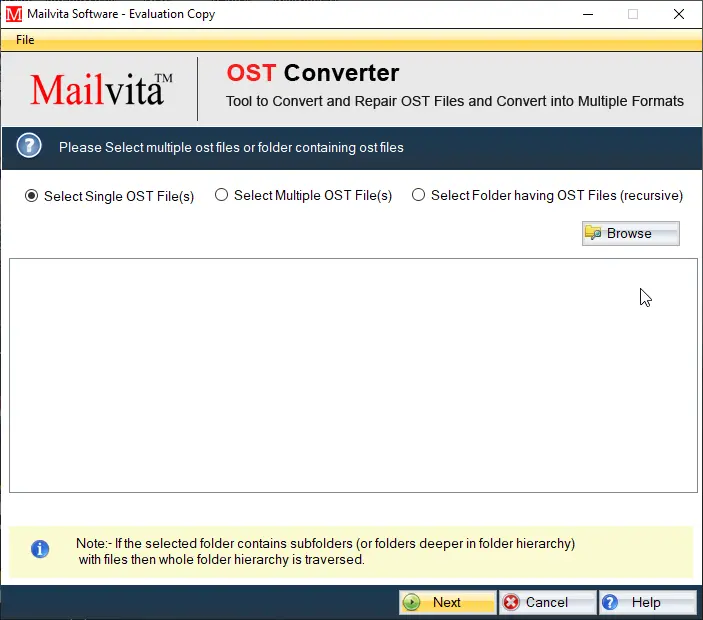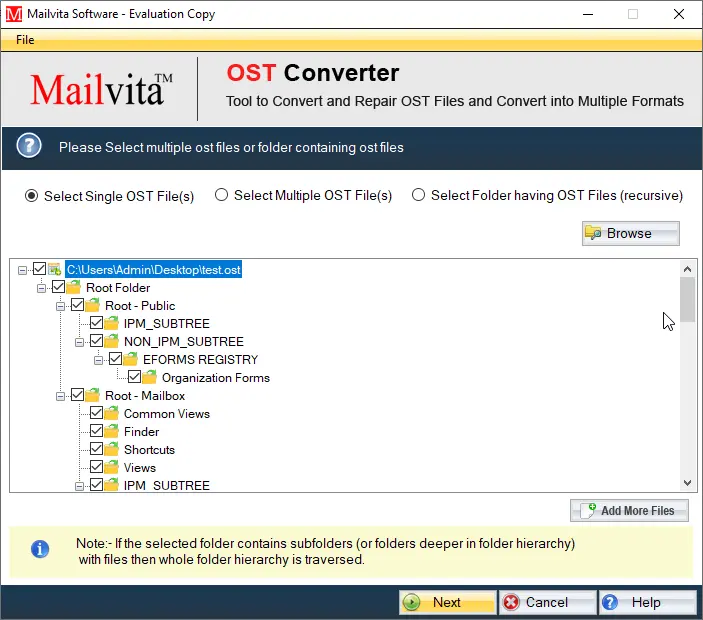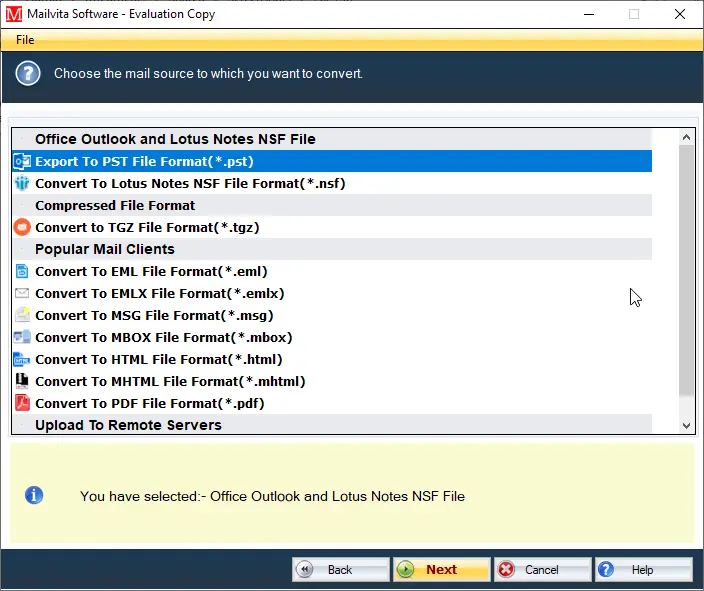How to Resolve OST Corruption Issues in the Outlook?-2025

Accessing Exchange OST (Offline Storage Table) files in Outlook often presents users with challenges due to compatibility issues. With the right approach and tools, opening Exchange OST files in Outlook can be a smooth process. In this next part, we will present you with a thorough step-by-step guide to help you complete this task effectively.
Grasping the concept of Exchange OST files: Before diving into the process, let’s explore what Exchange OST files entail. An OST file serves as a local version of your Exchange mailbox, allowing you to view emails, contacts, calendars, and more, all without needing an internet connection. Opening an OST file in Outlook involves particular techniques due to its distinct nature.
Why You Should Open an Exchange OST File in Outlook
- When facing a server crash, you can access OST files in Outlook to retrieve crucial emails and data.
- Exchange Server Maintenance: While performing maintenance, you can still access OST files in Outlook to keep working with your email and data.
- Backup your Exchange Mailbox: Easily recover and access your emails and items by opening OST files in Outlook.
- OST Data Migration: Effortlessly move your mailbox data by accessing OST files in Outlook on the new system.
- Unintentional removal of Exchange accounts and information: Regain access to lost information and safeguard against future loss by opening OST files in Outlook.
Steps to Resolve OST Corruption Issues in the Outlook:
To access the Exchange OST file in Outlook, it’s necessary to convert the OST file into the PST (Personal Storage Table) format. A PST file serves as a standard format in Outlook for the storage of email data. Various approaches exist for converting OST files to PST format, encompassing both manual methods and specialized conversion tools. We’ll take a moment to touch on both methods.
Manual Guide to Accessing the Exchange OST File in Outlook:
To open Exchange OST files in Outlook, you can utilize the built-in utility known as “OST to PST Converter,” which is offered by Microsoft. This tool enables the conversion of mailbox data from OST to PST format.
- Open Microsoft Outlook on your device.
- Choose “Open & Export,” under the “File” tab.
- Select the option for importing or exporting.
- Select “Export to a file” and click “Next.”
- Choose the option “Outlook Data File (.pst)” and continue by clicking on “Next.”
- Click “Next” to go forward after selecting the folder you wish to export. To choose the location for your backup file, first “Browse”.
- After choosing your destination, simply click “Finish” to initiate the migration process.
By following these steps, you can effectively open and migrate the Exchange OST file to Outlook, allowing you to access your mailbox data seamlessly within the application. This approach comes with certain constraints and might not be suitable for every situation.
Expert Approach to Resolve OST Corruption Issues in the Outlook:
The best way to incorporate an OST file into Outlook is by utilizing a specialized tool designed for this purpose. This tool enables you to access OST files safely, ensuring that your data remains intact and unharmed. Users have a strong trust in its reliability and effectiveness.
The Mailvita Converter for OST for Windows allows you to view items in your Outlook mailbox and save emails in various file formats, such as PDF, PST, MBOX, EML, EMLX, MSG, CSV, HTML, and more. This adaptability guarantees that you can retrieve and handle your OST information in a way that aligns perfectly with your requirements.
This software is also compatible with Windows operating systems, ensuring it is accessible to a diverse group of users. The tool preserves the original structure of mailbox items throughout the OST to PST conversion process, guaranteeing a smooth and effective conversion experience.
With the Professional solution, you can seamlessly add and manage OST files in Outlook, ensuring that your data remains secure and intact.
Guidelines for Implementing a Professional Solution:

- Get the Mailvita Converter for OST for Windows now!
- To find and pick the OST file /folder you want to convert, from the browser option.
- Check the OST file data in the software’s preview panel to confirm its accuracy.

- Choose “PST” as the output type and decide the location where you want to save the converted PST file.
- Press the “Converter Now” button to start the conversion from OST to PST format.

Key Advantages
- This functionality allows for the conversion of OST files into various formats, such as PST, EML, PDF, MBOX, MSG, and more, all while maintaining a high degree of precision.
- Before diving into the conversion, it’s crucial to examine the sample first.
- The application features a straightforward and user-friendly design that enhances the overall experience for users.
- It repairs the damaged OST database.
- It’s possible to convert OST files to PST without having MS Outlook installed.
- Maintaining the integrity of the data format throughout the migration process is crucial.
- The tool is completely free of bugs and viruses.
- It effortlessly manages OST files, regardless of whether they are ANSI, Unicode, locked, encrypted, or even missing.
- Data from an OST file can be transferred to IMAP accounts such as Gmail, Yahoo, Google Workspace, and others.
- A Live Exchange Server Credential is unnecessary.
- It functions seamlessly with every version of Windows OS and Microsoft Outlook, regardless of age or decency.
- Round-the-clock technical assistance.
- A free demo version is accessible for you to try out.
Conclusion
To access an Exchange OST file in Outlook, you need to begin by converting it into PST format. Although Microsoft’s manual approach is an option, opting for a trusted professional OST to PST converter tool offers a more streamlined and accurate conversion experience. Opening your Exchange OST files in Outlook is straightforward and hassle-free when you follow the steps outlined here.